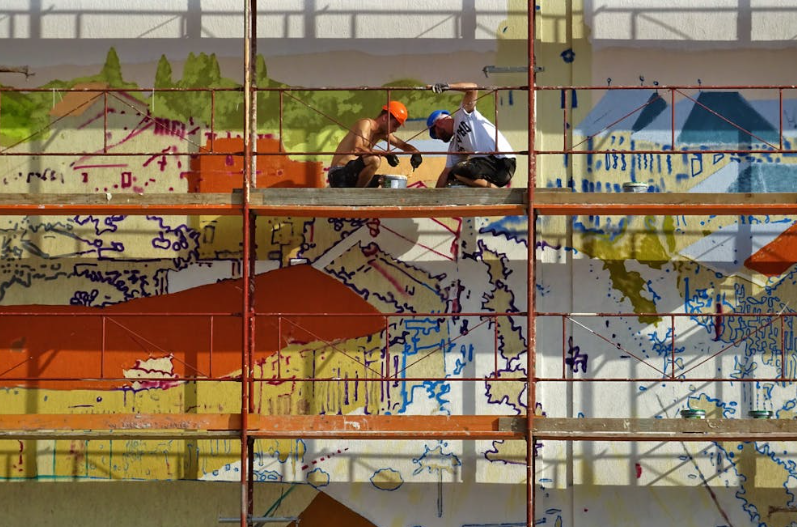Safety on construction sites is paramount, not only for the welfare of those on site but also for the overall success and efficiency of construction projects. Every year, numerous accidents occur on construction sites around the world, some of which are fatal.
These incidents can often be prevented through stringent safety measures, thorough training, and the proper use of equipment. This article aims to shed light on effective strategies to enhance safety in the construction industry, with a focus on the Australian market.
1. Regular Safety Audits and Inspections
One of the most critical steps in ensuring a safe construction environment is the implementation of regular safety audits and inspections. These assessments help identify potential hazards at the construction site before they lead to accidents.
It’s essential that these inspections are carried out by trained professionals who can accurately assess risks and recommend appropriate measures to mitigate them. Regular checks also help in maintaining compliance with safety regulations, which can vary significantly from one region to another.
2. Investment in Quality Equipment
The importance of using high-quality construction equipment cannot be overstressed. Reliable and well-maintained machinery reduces the risk of accidents caused by equipment failure.
For instance, when considering scaffolding for sale in Australia, it’s crucial to select products that meet Australian safety standards. High-quality scaffolding provides a stable work platform and significantly reduces the risk of falls and injuries.
3. Comprehensive Training Programs
Training is another cornerstone of construction safety. Workers should be provided with comprehensive training that covers all aspects of their duties, including the safe operation of machinery and the correct use of protective equipment.
This training should be ongoing, as the introduction of new equipment or techniques can present new risks. Ensuring that all personnel are up-to-date with the latest safety protocols is key to minimising accidents.
4. Encouraging a Culture of Safety
Building a culture of safety within a construction company goes a long way in preventing accidents. This involves creating an environment where safety is regarded as a priority by everyone, from the top management down to the workers on the ground.
Encouraging open communication about safety concerns and potential risks without fear of repercussion enables proactive management of safety issues.
5. Utilisation of Modern Technology
Modern technology offers various tools and applications that can enhance safety on construction sites. Drones, for example, can be used to inspect hard-to-reach areas without putting workers at risk.
Software solutions can help in the management of safety data and in the enforcement of compliance with safety protocols. Embracing these technological advances can significantly aid in identifying potential hazards and enhancing overall safety.
The Bottom Line
Improving safety in construction is not just about complying with regulations; it’s about creating a safe and healthy environment for all workers. By conducting regular safety audits, investing in quality equipment, providing comprehensive training, fostering a culture of safety, and utilising modern technology, construction sites can become safer for everyone involved.
As safety practices evolve, it is crucial for the industry to stay informed and adaptable to continue protecting its workforce effectively. For further insights into best safety practices in construction, consider exploring global construction safety standards.



